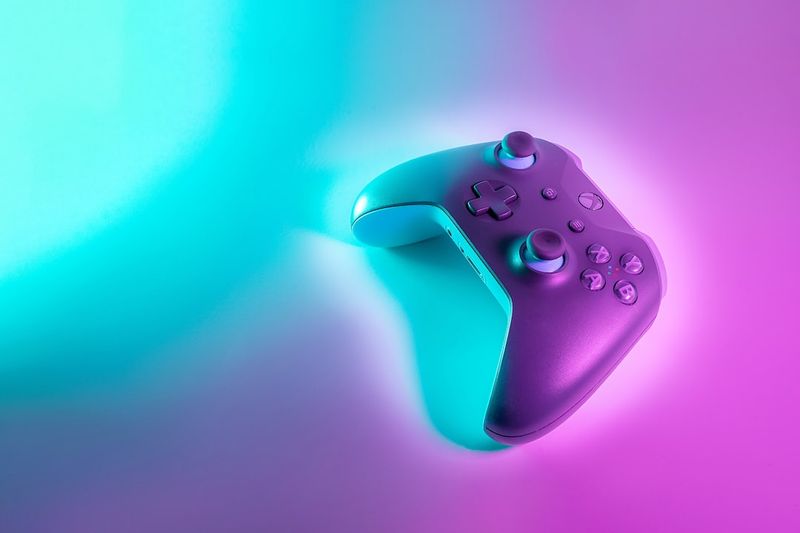Study Suggests New Way to Predict CTE Risk in Pro Fighters
Introduction
A new study conducted by the University of Nevada, Las Vegas (UNLV) in collaboration with the Cleveland Clinic Lou Ruvo Center for Brain Health suggests that professional fighters, such as boxers and mixed martial artists, may soon be able to identify their likelihood of developing severe brain damage earlier than ever before. The study, published in the medical journal Neurology, found that traumatic encephalopathy syndrome (TES) may be a potential precursor to chronic traumatic encephalopathy (CTE), a degenerative brain disease linked to repeated head impacts that athletes experience in contact sports. This finding could have significant implications for the prevention and treatment of brain injuries in professional fighters.
The Link Between TES and CTE
CTE, a progressive neurodegenerative disease, is currently diagnosed posthumously through an autopsy. However, the UNLV-led study suggests that TES, a condition characterized by cognitive impairment, behavior changes, and other factors, may serve as a warning sign for the development of CTE. The researchers conducted brain scans and cognitive tests on 130 active and retired professional fighters over a period of up to six years. They found that 40% of participants met the criteria for TES, with over 80% reporting boxing as their primary form of fighting. Those who met the criteria for TES showed greater declines in brain volume and a faster annual rate of decline compared to those who did not meet the criteria. They also exhibited slower reaction times and lower scores on cognitive tests.
Implications for Pro Fighters
The findings of this study have important implications for professional fighters and the broader sports community. By identifying TES as a potential precursor to CTE, fighters can be more proactive in monitoring their brain health and taking preventative measures. These measures may include modifications to training practices, such as reducing head impacts, and regular check-ups with medical professionals specializing in brain health. Early detection and intervention could potentially help fighters avoid or mitigate the long-term consequences of CTE.
However, it is crucial to note that the current study has its limitations. Athletes self-reported their information, which could introduce inaccuracies. Further research is needed to validate the accuracy of the TES criteria in detecting CTE. Additionally, the application of these findings should not be limited to professional fighters but should also extend to other contact sports where head impacts are prevalent.
Conclusion
The UNLV-led study provides promising insights into the early detection of CTE risk in professional fighters. By identifying TES as a potential precursor to CTE, fighters can take proactive steps to protect their brain health and reduce the long-term consequences of repeated head impacts. However, further research and validation are necessary to ensure the accuracy of TES criteria in detecting CTE. Ultimately, the goal should be to prioritize the well-being of athletes, both within professional fighting and other contact sports, by implementing measures to prevent and manage brain injuries.

<< photo by Tima Miroshnichenko >>
The image is for illustrative purposes only and does not depict the actual situation.




